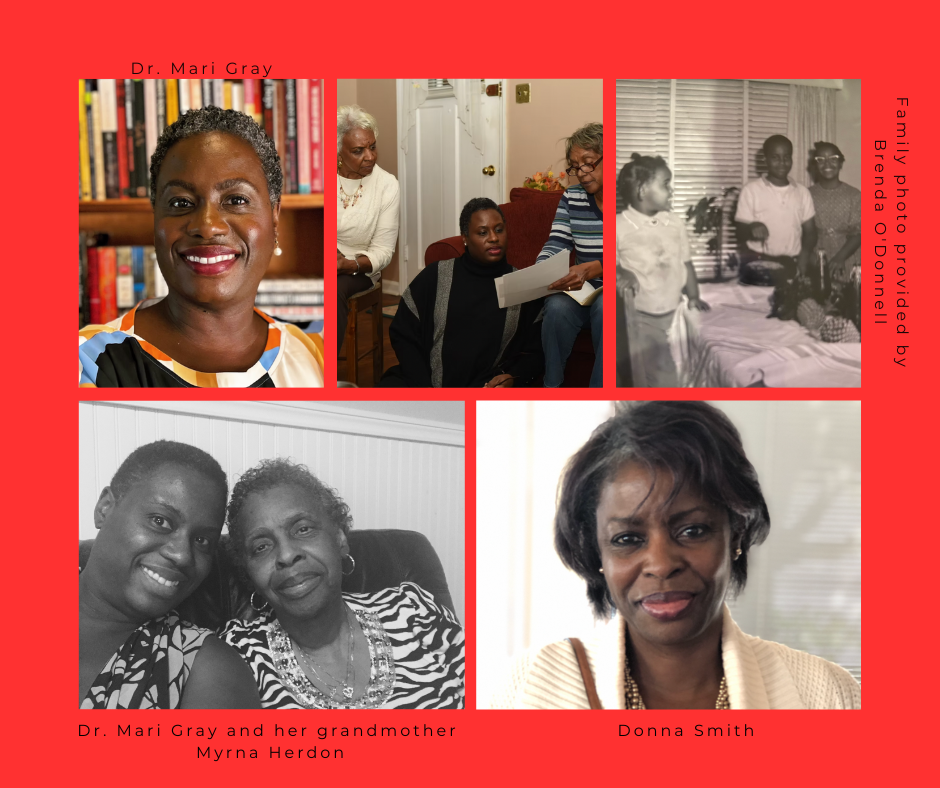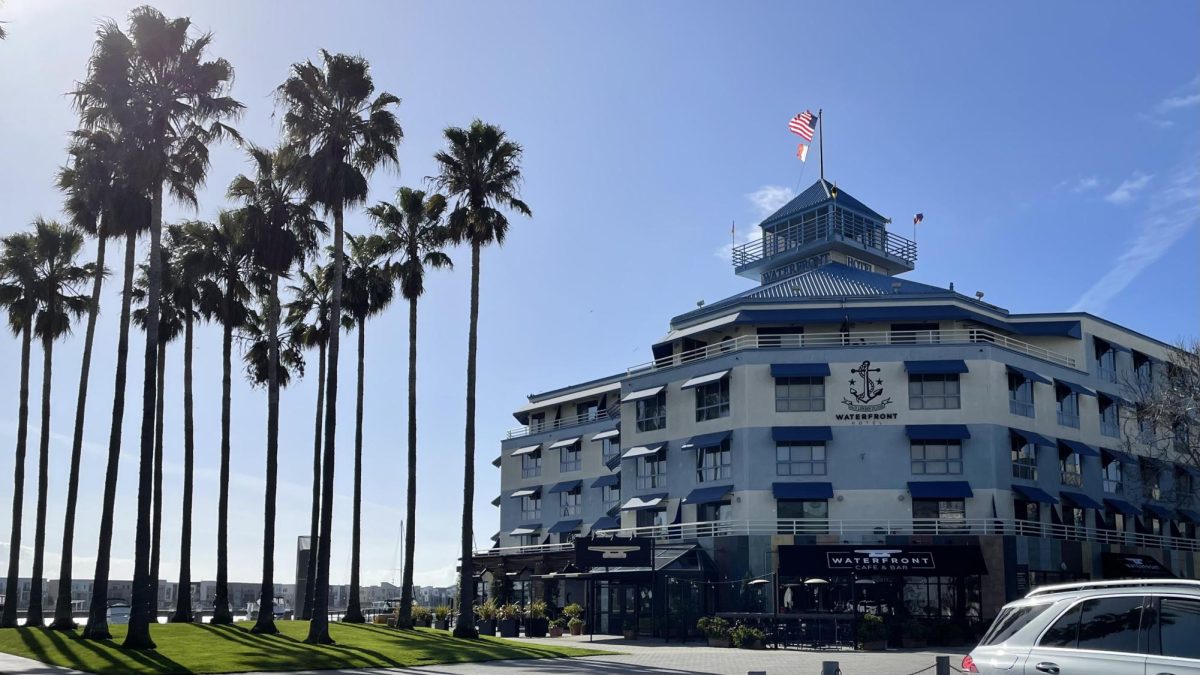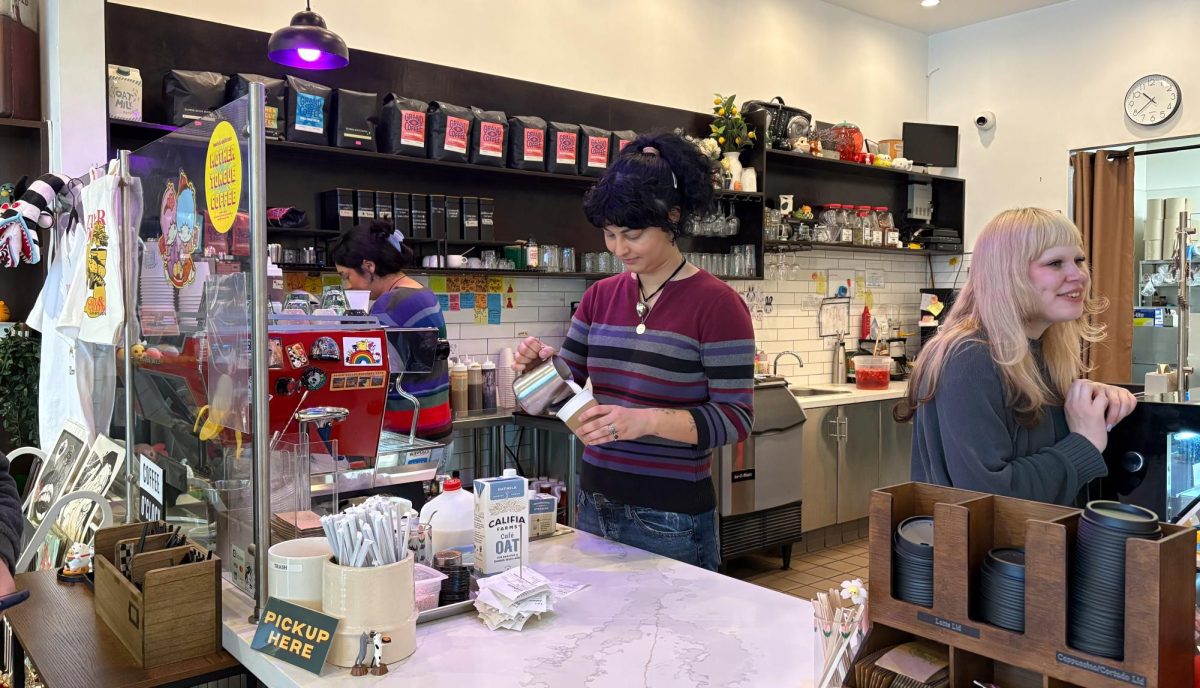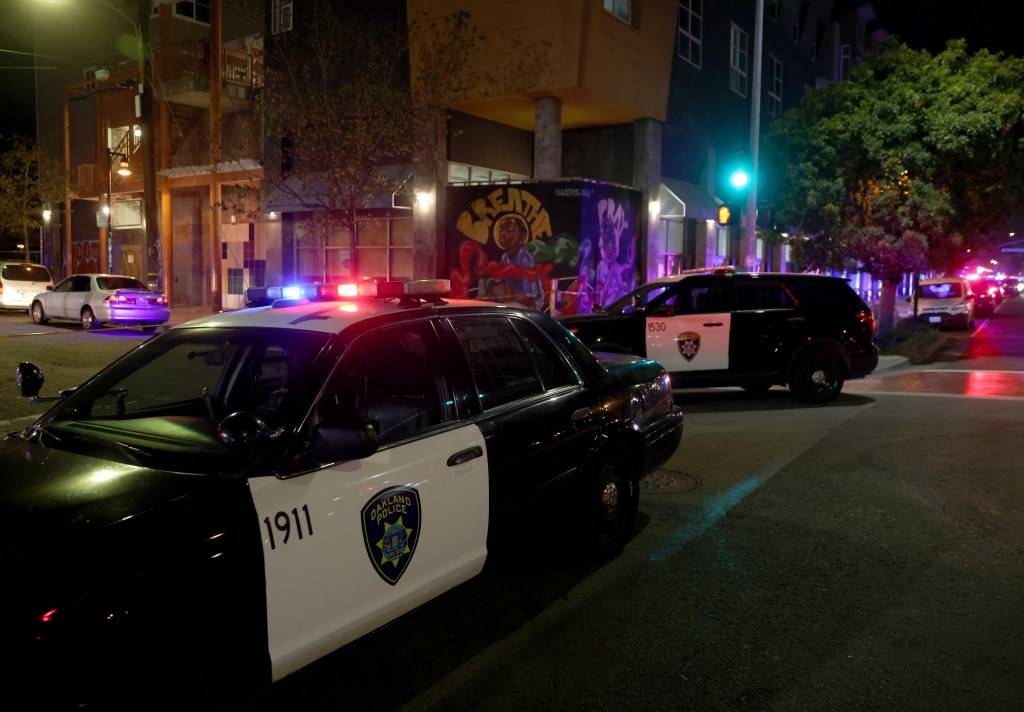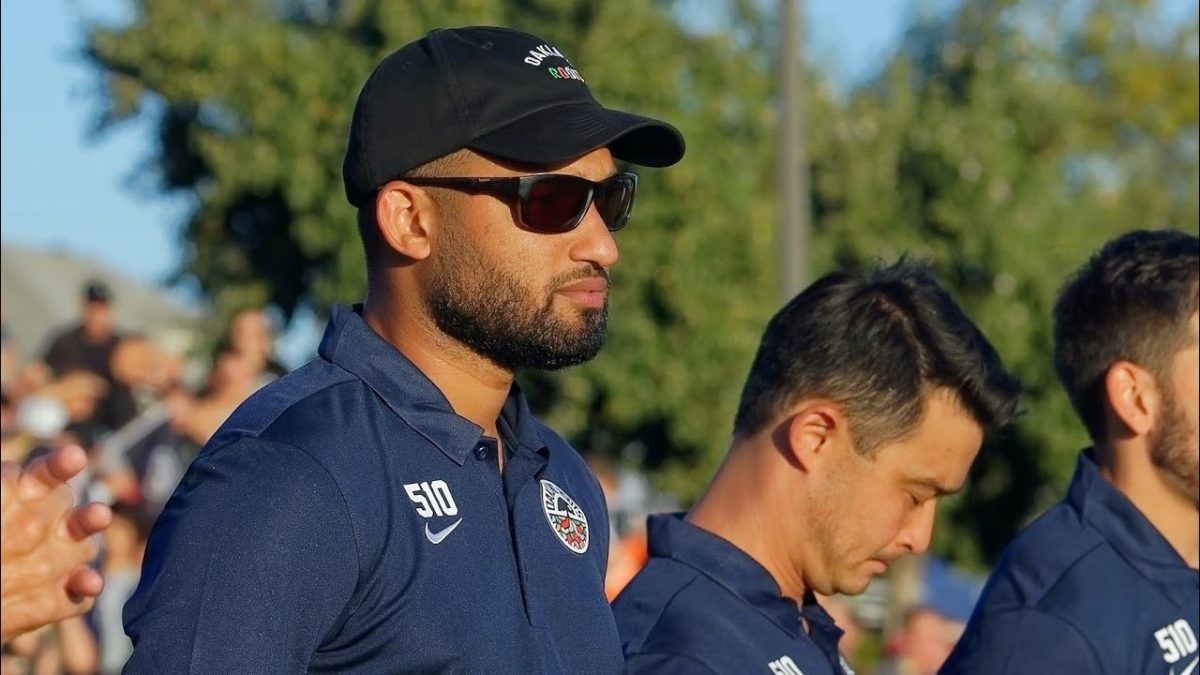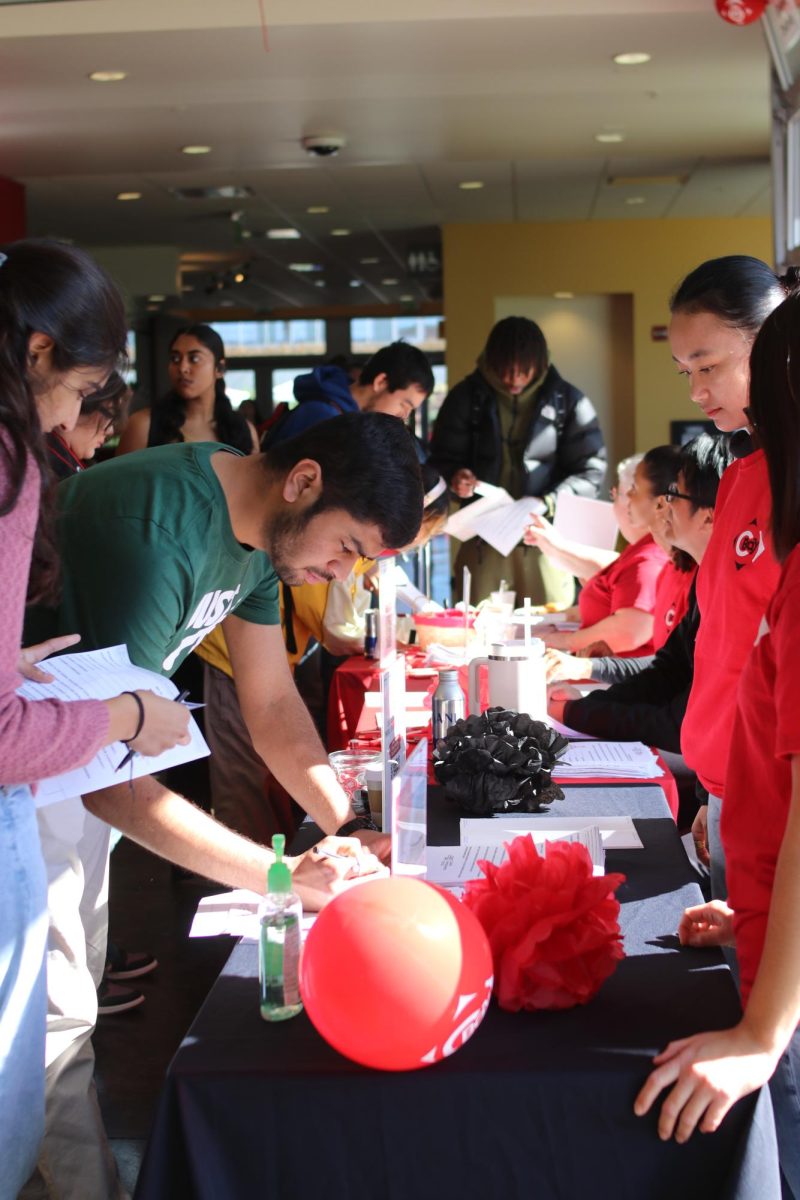Dr. Mari Gray is uncovering the untold stories of Louisiana migrants who reshaped the Bay Area and Sacramento, blending historical research with documentary filmmaking to illuminate a crucial yet often overlooked chapter of the Great Migration.
The Great Migration consisted of two waves of migration following the decimation of the South. After the abolition of slavery, African Americans sought the promises of freedom. As the African American community thrived–building Black universities, businesses, and churches– whites in the South responded with violence and destruction. Due to the desecration of their communities, from 1910 to 1941, African Americans migrated North in search of labor opportunities and the promise of a racial utopia.
Dr. Gray’s research and documentary focus on migration from Louisiana to the Bay Area and Sacramento, specifically from the viewpoint of the children–exploring their migration journeys, where they settled, and how they built communities in their new hometowns. “My study is slightly different,” Dr. Gray states, “we know quite a bit about the African American migration, and typically it’s written about the adult migration and the journeys made to northern cities like New York, Chicago, and sometimes Los Angeles, but they really don’t talk about Northern California and they almost never talk about the children’s experiences.”
To help fund her documentary and the team behind it, Dr. Gray has applied for a National Endowment for the Humanities (NEH) grant. NEH grants are awarded to support humanities programs in the United States, typically benefitting museums, libraries, and documentary filmmakers.
Gray expects to find out if she will receive this grant in August 2025. However, with President Donald Trump’s recent executive order to end all diversity, equity and inclusion (DEI) programs, she is not hopeful about receiving funding as her documentary focuses on the stories of African American migrants.
“Until he (President Trump) defines DEI, he thinks of anything that talks about non-white experiences as DEI. So there could be a challenge getting federal funds.” Dr. Gray states.
Dr. Gray’s documentary will be shown at California State University, East Bay, in local museums, and libraries, with hopes of eventually airing on PBS.
“I just mean for the everyday people to see and understand this film,” said Dr. Gray, to truly understand the importance these migrants have in the creation of the African American communities that we see today.


